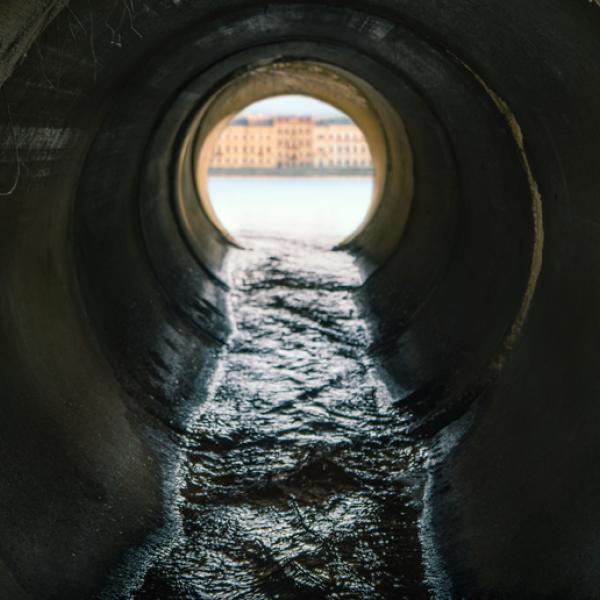Last summer, Pokemon Go took the world by storm and demonstrated how people could successfully engage via augmented reality. Millions of people got off the couch and headed out to local parks and street corners to capture “pocket monsters” virtually overlaid into their actual environment. The mobile game app also raised questions about rights to physical versus augmented spaces, and how to socially interact in these spaces.
Maria Lantin, director of the Stereoscopic 3D Centre at Emily Carr University of Art + Design, investigates how such virtual and augmented realities affect how we communicate, share, and process information, particularly as the technology evolves and virtual layers will soon blend seamlessly with our natural world. “We are approaching a future where our extended selves will not be so segregated to the devices in our pockets or on our laps,” she explains. “Eventually we will be wearing glasses that situate virtual additions within our everyday environments. It is important to anticipate some of the ways this will impact society in terms of how we will produce and share information, and what policies and infrastructure may be needed to facilitate a mixed reality future in our cities.”
In her research lab, Lantin and her team will create active social spaces that mix virtual and physical layers. “We want to prototype the potential ways in which conversation could be enhanced or altered in mixed reality environments,” she says. “This could include voice/chatbot interfaces, drawing and sketching, and shared virtual views.”
Essentially, virtual and augmented reality are emerging as a new medium that will bring with it change. In order to help shape the technology, address its social impact as well as develop policies to govern its use, we must first anticipate and understand how it will be used, and what this could mean for society. “For example, there is tremendous potential for greater public engagement in civic concerns, and research can help steer development toward the public good,” affirms Lantin.





